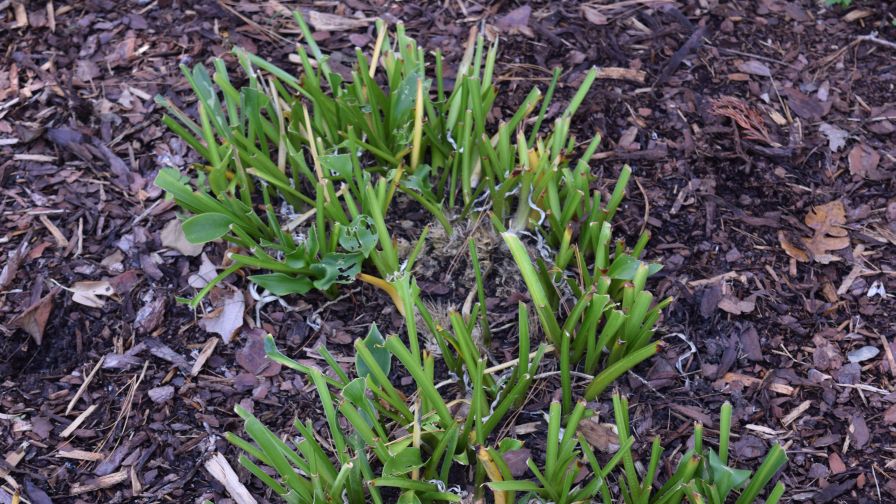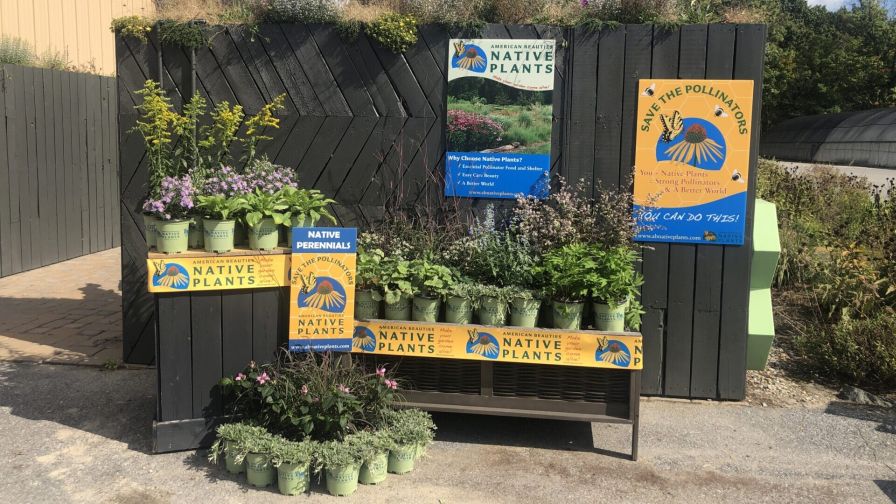Plant Buyers are Looking This Spring; What Are we Recommending?
 For many of us, winter still has a long journey before it hands off the baton. But as sluggish as winter has been, spring will be firing on all cylinders. One of the prognostications I made many months ago was, “2022 is going to be a very good year.” And the good year has started.
For many of us, winter still has a long journey before it hands off the baton. But as sluggish as winter has been, spring will be firing on all cylinders. One of the prognostications I made many months ago was, “2022 is going to be a very good year.” And the good year has started.
Let’s face one fact: COVID-19 is not going to go away. But as an industry, we have learned to deal with it, and without a doubt so have our customers. Yes, there will continue to be shortages of plants, workers, materials, and trucks, but there won’t be a shortage of orders. Whether we are able to fill them is yet to be seen.
It is always a crapshoot to make predictions of what will be hot and what won’t. But we know that the non-beauty parts of the business are equally, if not more important, than the pretty stuff. For example, we know getting orders delivered on time, reducing substitutions, reasonable pricing for our market, and good customer service are all important, along with a dozen other things that go on behind the scenes.
We also know that today, good quality, reasonable service, helpful staff, and proper logistics are simply expected. Provide those consistently, and customers will be loyal. Mess up a few times, and loyalty may be fleeting. None of these are easy, but they are expected.
So, given that we strive to provide all those things, let’s talk about the visible side of our industry, that is, the ornamental value. Be it my daughters or the garden center/landscaper waiting on your trailer load of plants, they are buying the ornamental value of what we are selling. And they are also likely trying to fulfill those beguiling trends that everyone seems to want.
My Thoughts on the Spring of 2022
On Learning: Get to those shows and see what is being talked about and what is new. Most are opening with few restrictions. Catalogs are cool and Zoom has been a life saver, but they are a poor substitute for seeing the real thing. National shows are great, but state/regional shows are even better.
On Plants: Take a chance on some of the new, cool cultivars. Everyone wants to be dealing with companies on the cutting edge. Some may turn out to be dogs, and others will be ignored, but simply trying them says volumes about your belief in your company and clientele. And after a couple of years when a few become winners, you will have numbers to sell.
As cool as the new stuff is, be fortified with lots of bread-and-butter items; at least 80% of your offerings should be known by my daughters. This is not referring to cultivars, but to genera. In shrubs, for example, hydrangeas, hollies, roses, crepe myrtles, and viburnums are all well known, and yet are undergoing huge breeding efforts. Once you have established what people are comfortable with, then go out and find those cool cultivars to go with your favorites.
In perennials, rudbeckia, coreopsis, echinacea, heuchera, hosta, and salvia have a ton of hot cultivars to go with those that you have been growing for the last five years. You may want to branch out with Isodon or Korean mums; they are fantastic, but they should only round out your mix.
In annuals, one only has to visit California Spring Trials to realize we will never run out of new petunias, begonias, impatiens, or verbena. Neither my daughters nor most of your returning customers will know the difference between one cultivar or the other. However, offering disease-resistant bedding impatiens and dwarf sunflowers may help you stand out from the others.
On Trends: Let’s not get sucked into every trend, but let’s not ignore them, either. Native plants are here to stay, from carex to spigelia to red maple. They are essential on any availability list, should be signed in the independent garden center, and made a big deal of in the landscape. There are a ton of them, and if you are growing perennials or shrubs, you are likely growing dozens of natives anyway.
Pollinators, succulents, and grasses are also in vogue, and likely will be for some time. We have substituted the word dwarf for the term low maintenance, and even if you are getting tired of Tom-Thumb plants, it turns out that nobody wants to stake a plant anymore. So be it.
And in this no-maintenance light, try to stay abreast of developments in disease resistance. Dahlias, cone flowers, grasses, crepe myrtles, impatiens, zinnias, marigolds, and many more plants once discarded for disease issues are so much more improved. If people don’t want to stake, they certainly don’t want to spray.
On Deer: Disease takes a far back seat to critters, in particular deer. In landscape parlance, this animal is a four-letter word in all its connotations. I can’t think of an area in the country that people will not talk about landscape destruction by deer. It is just inane to ignore the issue in a landscape or a garden center. Every grower, every broker, and every retailer should have a decent list that shows deer browsing tendencies for the plants they grow. Lists are available on paper, online, and on Apps that go into the salesperson’s back pocket. There are no excuses not to know.
For sure, I am not the Man on the Mount delivering grand proclamations. Many of these things I have mentioned here are like telling you to eat well and get exercise, or don’t smoke, or go get vaccinated. But perhaps it doesn’t hurt to hear them again. These are real, at least to me.









